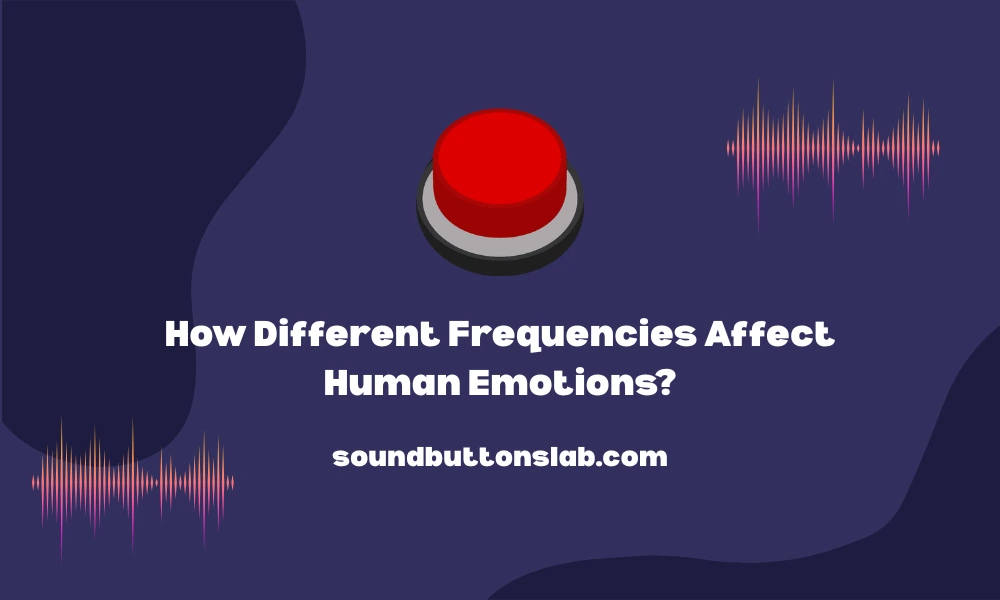Frequencies, especially in the context of sound, have a profound impact on human emotions and well-being. This phenomenon is rooted in both the psychological and physiological responses of the body and mind to different auditory stimuli. Here’s an exploration of how various frequencies affect human emotions:
Low Frequencies (20 Hz - 250 Hz)
Effects:
- Calming and Grounding: Low frequencies often produce a calming and grounding sound effect. They can slow down brainwave activity, leading to relaxation and stability.
- Relaxation and Sleep: Frequencies around 40 Hz are often used in binaural beats and sound therapy to promote deep relaxation and improve sleep quality.
- Feelings of Power: Lower frequencies, such as bass notes, can evoke feelings of power and strength, often used in music to create a sense of presence and authority.
Examples:
- Nature sounds like thunder and ocean waves.
- Instruments like bass guitars, drums, and cellos.
Mid Frequencies (250 Hz - 2000 Hz)
Effects:
- Communication and Clarity: These frequencies are crucial for understanding speech and language. They are essential in communication and are often associated with feelings of connection and clarity.
- Balance and Neutrality: Mid frequencies are generally balanced and neutral, neither overly stimulating nor excessively calming. They provide a sense of normalcy and everyday life.
Examples:
- Human speech.
- Instruments like pianos, guitars, and most vocal ranges.
High Frequencies (2000 Hz - 20,000 Hz)
Effects:
- Stimulation and Excitement: High frequencies can stimulate the brain and evoke feelings of excitement, joy, and alertness. They are often energizing and can enhance focus and attention.
- Tension and Anxiety: Excessive exposure to high frequencies can lead to feelings of tension and anxiety. This is because they can overstimulate the nervous system, especially at very high volumes.
- Perception of Space: High frequencies contribute to the perception of space and environment in music and soundscapes, adding brightness and a sense of airiness.
Examples:
- Birdsong, chimes, and bells.
- High-pitched instruments like violins, flutes, and piccolos.
Specific Frequencies and Their Emotional Impact
- 40 Hz: Associated with deep relaxation and meditative states.
- 432 Hz: Often referred to as the “miracle tone,” it is believed to promote a sense of peace and well-being.
- 528 Hz: Known as the “love frequency,” it is thought to enhance feelings of love and compassion.
- 741 Hz: Believed to aid in problem-solving and improving emotional stability.
Practical Applications
Music Therapy: Different frequencies are used in music therapy to target specific emotional states and promote healing. For example, low frequencies might be used to help with anxiety, while higher frequencies might be employed to lift depression.
Sound Healing: Practices like sound baths use a variety of frequencies to balance the body’s energy centers (chakras) and promote overall well-being.
Binaural Beats: These involve playing two slightly different frequencies in each ear to create a perceived third frequency (the beat) in the brain, which can entrain brainwaves and influence emotional states.
Conclusion
The impact of different frequencies on human emotions is a fascinating intersection of science and art. Understanding and utilizing these frequencies can enhance our emotional well-being, improve communication, and enrich our sensory experiences.
